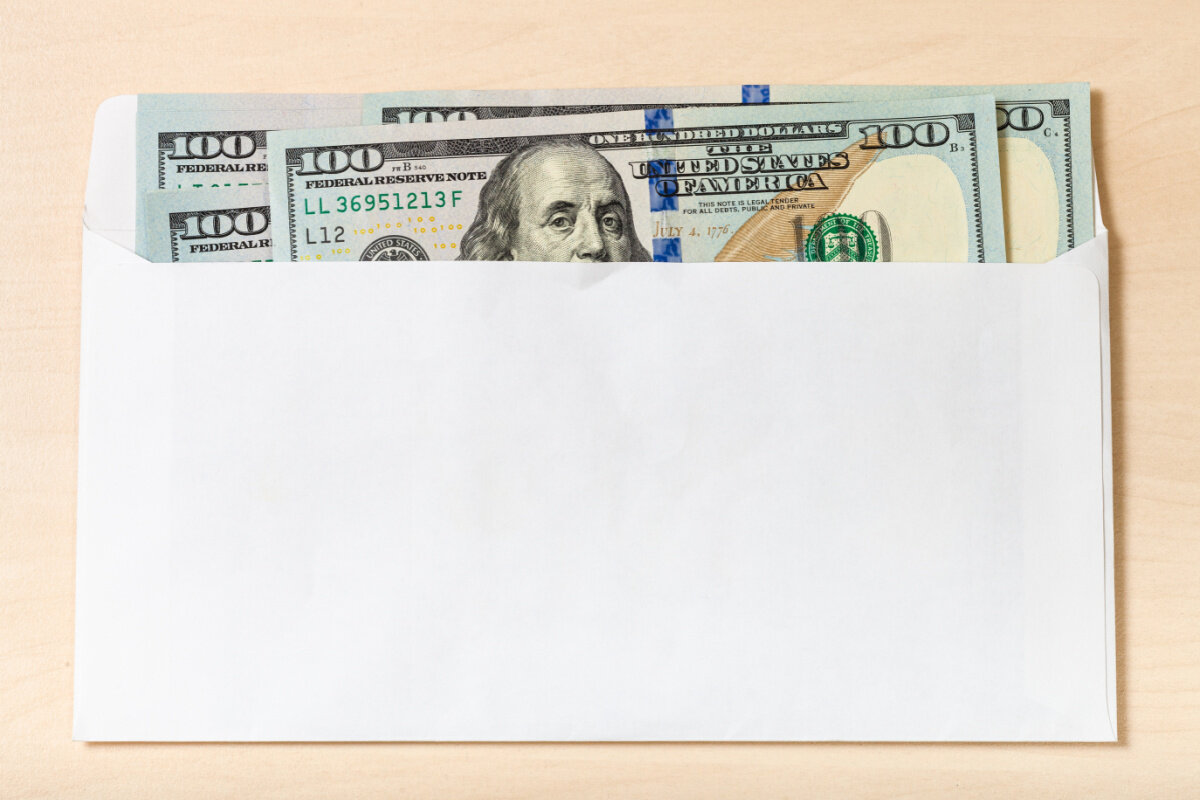What is an SBA EIDL Loan?
Starting in 2020, the Small Business Administration offered Economic Injury Disaster Loans to businesses around the United States to help them survive the economic downturn caused by the COVID pandemic. There were almost 4 million EIDL small business loans approved, totaling $378,410,624,804. These loans helped keep many businesses afloat during the pandemic. However, given the state of our economy coming out of the pandemic, not all of these businesses are thriving, and many have already failed. This leads to the question: what happens to SBA EIDL debt once a business fails?
Can I discharge SBA EIDL Obligations in Bankruptcy?
One question about SBA’s rules on bankruptcies we have been receiving more frequently recently is whether a debtor can discharge SBA EIDL loans in a personal chapter 7 bankruptcy. The determining factor here is whether the debtor signed a personal guarantee for the loan. If so, this means that if the business does not make the loan payments, the business owner is financially responsible for the debt. Personal guarantees are required for the most common Small Business Administration loan programs, such as SBA 7(a) loans and 504/CDC loans. However, the CARES Act waived the rules related to personal guarantees and only required personal guarantees for loan amounts of $200,000 and above for the EDIL Program. On EIDL Loans where the SBA holds no personal guarantee, then the only collateral the SBA has are the assets of the business. Without a personal guarantee, the debtor is not liable for the debt. If there is a personal guarantee, an SBA EIDL loan is treated like any other dischargeable debt in bankruptcy. Please note, if the debtor used fraud to obtain the loan or possibly used the loan for reasons outside of the loan guidelines, the dischargeability may be challenged by the SBA.
If a debtor with personally guaranteed SBA EIDL loans qualifies, they may file Chapter 7 to eliminate their debt and receive a fresh financial start. This may be the best option for most debtors since the process is relatively fast and enables the debtor to quickly rebuild their credit and even open a new business post-bankruptcy. However, if a debtor does not qualify or if they have assets that are not protected by bankruptcy exemptions, they may be restricted to filing a Chapter 13 bankruptcy in which a debtor typically restructures their debt and pays their creditors in a 60-month payment plan that must be confirmed by the Bankruptcy Court. In Chapter 13, creditors must file claims with the Bankruptcy Court, which a Bankruptcy Trustee will pay once the plan is confirmed. Creditors have a limited amount of time to file claims, 70 days after commencement of the case for most creditors and 180 days for governmental units, such as the SBA. Depending on the facts of the case, it is also possible that a debtor will only have to pay a small percentage back to creditors in a chapter 13 payment plan. Whether a debtor files for Chapter 7 or Chapter 13 bankruptcy, they receive the benefit of the automatic stay, which includes a freeze on nearly all debt collection, including collection calls, lawsuits, frozen bank accounts, garnishments, and foreclosure auctions.
Without a Personal Guarantee, Can Bankruptcy Still Help?
Even if a debtor is not personally liable for their SBA EIDL loan, they may have obligations for other personally guaranteed business debt (including business credit cards, loans, or other obligations) or other personal debt. If a debtor qualifies, they may want to file a Chapter 7 bankruptcy to eliminate their debt and receive a fresh start. As discussed above, if a debtor does not qualify for Chapter 7 bankruptcy, they may want to file a Chapter 13 bankruptcy to receive a fresh start at the end of their plan, as well as the benefits of the automatic stay.
What if a Debtor Wants to Keep Their Business?
If a debtor is not seeking to close their business, they may want to seek reorganization through Subchapter V of Chapter 11 which allows small businesses to utilize the bankruptcy process in a more efficient way than a traditional Chapter 11 bankruptcy case. Subchapter V provides small businesses with the opportunity to avoid unnecessary expenses associated with Chapter 11 cases, which allows for a quicker path to reorganization. To qualify for Subchapter V, a debtor must be a person who is engaged in commercial or business activities that have aggregate noncontingent liquidated secured and unsecured debts less than $7,500,000. Additionally, at least half of Subchapter V debtor’s aggregate noncontingent liquidated debt must relate to commercial or business activities. Subchapter V can be an efficient and relatively inexpensive method by which a debtor can reorganize their debts and liabilities when compared to a typical Chapter 11 bankruptcy.
Contact the Law Offices of David I Pankin, PC
If you have any questions regarding the dischargeability of SBA EIDL loans, please feel free to contact the Law Offices of David I. Pankin, P.C. We have over 25 years of experience helping debtors get a fresh financial start. We can be contacted at (888) 529-9600 or by using our online contact form. Contact us today to arrange a free consultation.






